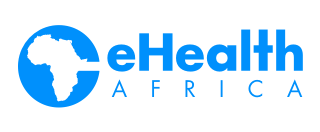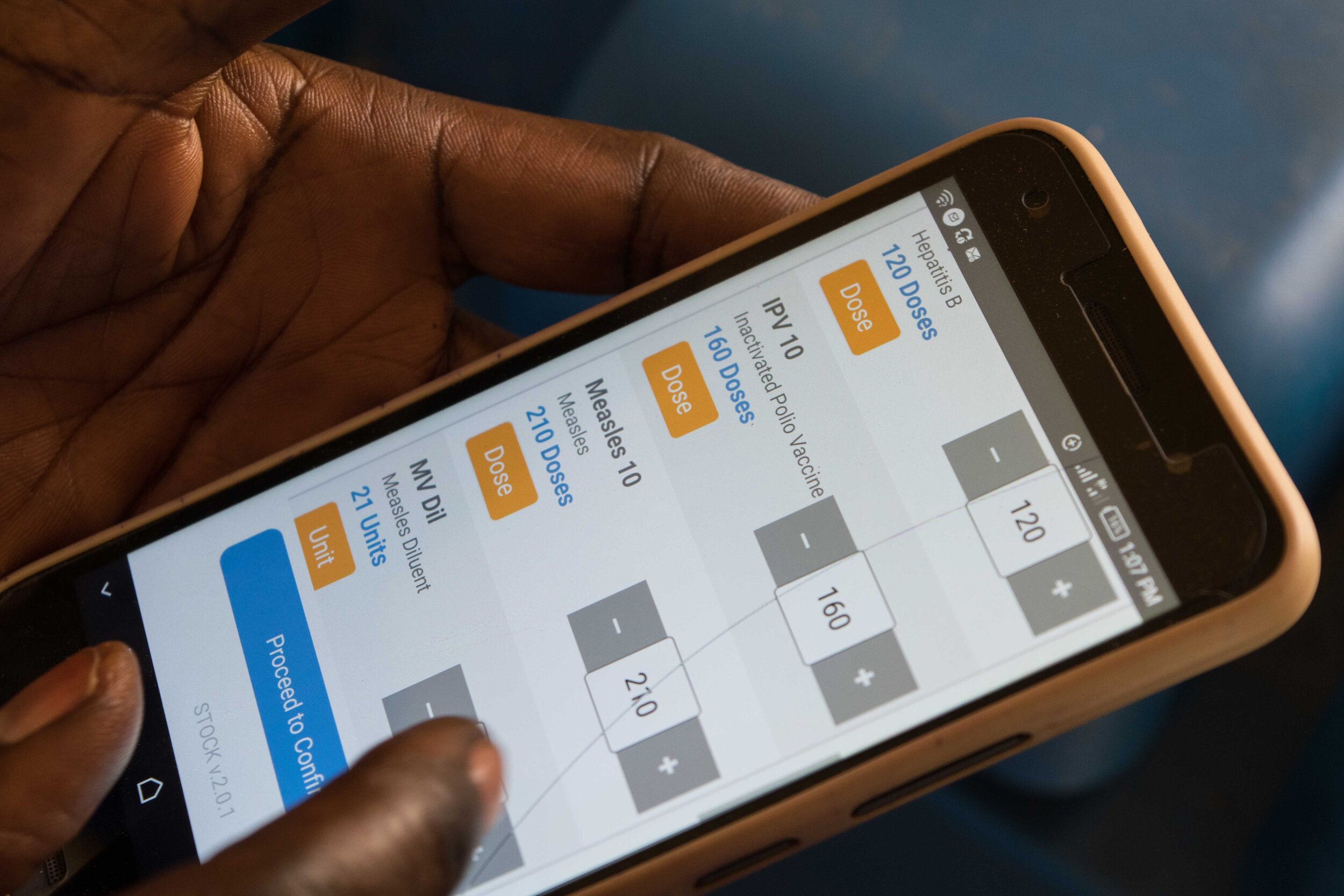By Joshua Ozugbakun and Emerald Awa-Agwu
How can accurate, real-time health inventory data will improve access to essential medicines and save lives?
With over 23,640 health facilities alone in Nigeria (as at 2005), collecting, managing and keeping track of health commodity stock data can be cumbersome. For the Nigeria Centre for Disease Control and Prevention (NCDC), the agency that is tasked with ensuring that pharmaceutical and health commodities are available in all the 36 states of Nigeria and the Federal Capital Territory, Abuja, this is a major challenge. To effectively prevent, treat and control diseases, medical supplies, and essential medicines must be available at all health facilities, treatment centers, and laboratories at all times. If the NCDC is unable to keep track of its own stock inventory data, its ability to deliver on its mandate will be hindered.
Prior to now, NCDC used to stock, track delivery, and management of pharmaceutical products using paper-based documentation. This method was not only error-prone but made it difficult to access and analyze information about pharmaceutical commodities stock and allocation across the 36 states in Nigeria and Abuja (FCT). This led to delays in the decision-making process to replenish commodities and in turn, stockouts at health facilities and treatment centers.
The resultant effects of these delays and stockouts are poor health outcomes like high mortality and morbidity rates, low life expectancies, and distrust in the health system. There are already several unpleasant stories of people who had diseases that were not detected or treated adequately because the medical supplies and essential medicines were unavailable, and the statistics only worsen as one goes from urban to rural areas.
Health workers in Chiranchi Primary Health Center using LoMIS Stock to take health stock inventory
The LoMIS Stock mobile application
To address this challenge, NCDC partnered with eHealth Africa to automate its supply chain processes for the distribution of pharmaceutical and laboratory commodities. eHA introduced and scaled up LoMIS Stock, a solution that has been used by the Kano State Primary Health Care Management Board (KSPHCMB) to manage the supply and availability of vaccines and health commodities at last-mile health facilities, since 2014 with great success.
The tool allows health workers to submit reports relating to vaccine stock availability and utilization, alongside other details as required by various users, thus ensuring that near-real-time data relating to vaccine and pharmaceutical stock inventory can be accessed by decision-makers and health program planners for evidence-based planning and action. For example, NCDC’s ability to monitor the real-time stock levels of antiviral medications like Rivabirin at health facilities will ensure that response campaigns are executed in a seamless manner and that Nigeria is better able to respond to outbreaks of viral hemorrhagic diseases.
Since October 2019, eHealth Africa’s Technical team has been working with NCDC’s Supply Chain Unit to configure/customize the tool whilst entering data on its National Stockpile onto the system. Currently, over 300 commodities have been entered onto the system and we expect more commodities to be added in the course of this year. This will ensure that the distribution of these commodities is faster and more efficient and that the agency’s operational processes are targeted and data-driven.
eHA and NCDC are employing a staggered approach to ensure that the tool is rolled out and adopted by the State Ministries of Health, treatment centers and NCDC-affiliated laboratories across 36 states and FCT of Nigeria by June 2020. The potential for transforming health service delivery and health information management in Nigeria through technology is limitless.


